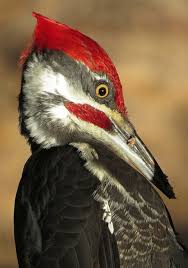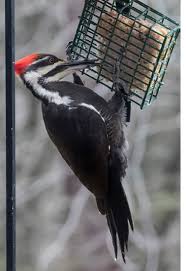by DJ Featherton
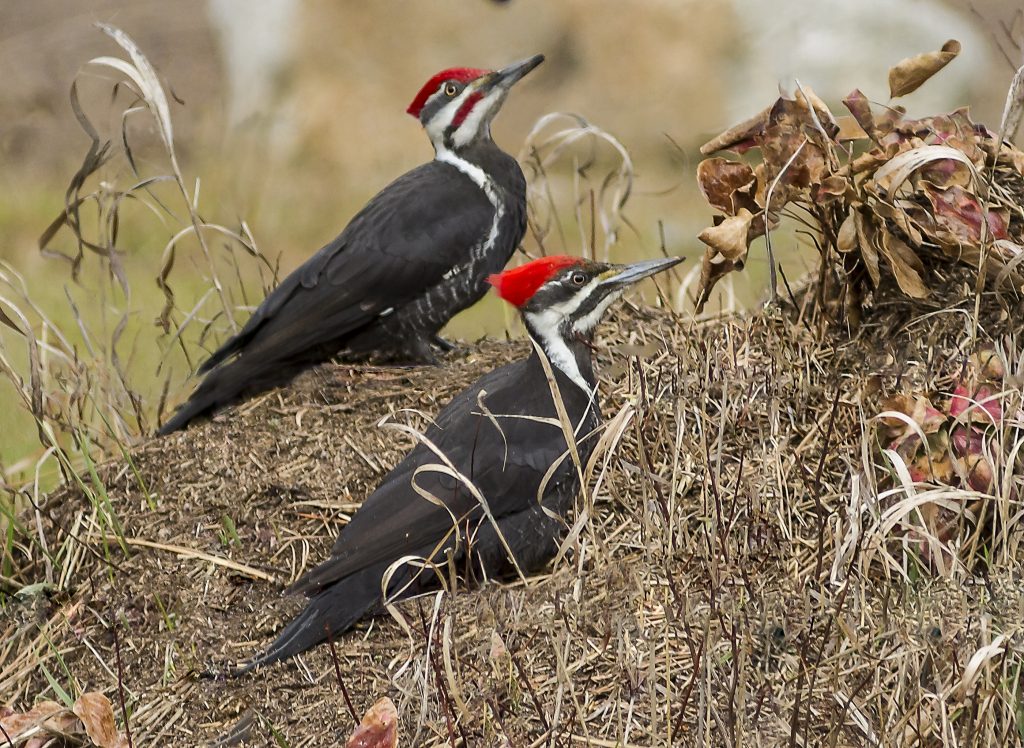
There’s no doubt about it, the Pileated Woodpecker is among the largest of all the forest birds in the U.S. and is definitely the largest of the North American woodpeckers. It’s like seeing a crow climb up the side of a tree in technicolor! The Pileated is mostly black, and about the size of a crow. His intricately streaked black and white face, red throat and great red crest make his identification easy. In flight, the white flash from his under-wing can be seen from a distance. Pileated Woodpeckers! They are the grandest of them all!
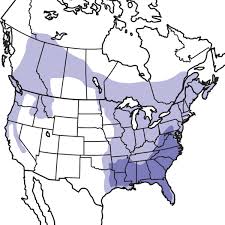
Pileateds don’t migrate. Their range runs through the entire eastern half of the United States, all the way across southern Canada and down into California. They are not uncommon, and live in both town and country. The Pileated’s diving-woodpecker/flicker-flight pattern is well-displayed with his 26-30” wingspan, and that’s a big woodpecker! Their bill is actually longer than their head and serves as a chisel for carving out large rectangular holes in dead trees. He is searching for carpenter ants and other insects. This excavation can be heard from a long distance. The drumming sound they make by rhythmically tapping on a tree communicates to other birds and marks their territory. These birds are noisy! Even their chattering call can be heard throughout the neighborhood.
Pileated Woodpeckers are not real wary. They’re not afraid to be seen outside your door or at your suet feeder. I particularly like this feeder because the tail props at the bottoms help the big guys balance better! They are hardy and very adaptable. They can live in any kind of forest, coniferous or deciduous. Pileateds drill big holes in trees to nest in, but will move into a good bird box if available. These big nesting boxes are easy to make, and with near-by suet, the Pileateds will find their new home. The floor area should be 8″x 8″and the height 16″- 24″. The entrance hole is 3″- 4″ in diameter and 12″- 20″ from the floor. A 1″ cedar material makes an excellent nesting box for your Pileateds, unless some ornery owl finds it first! Oh well.
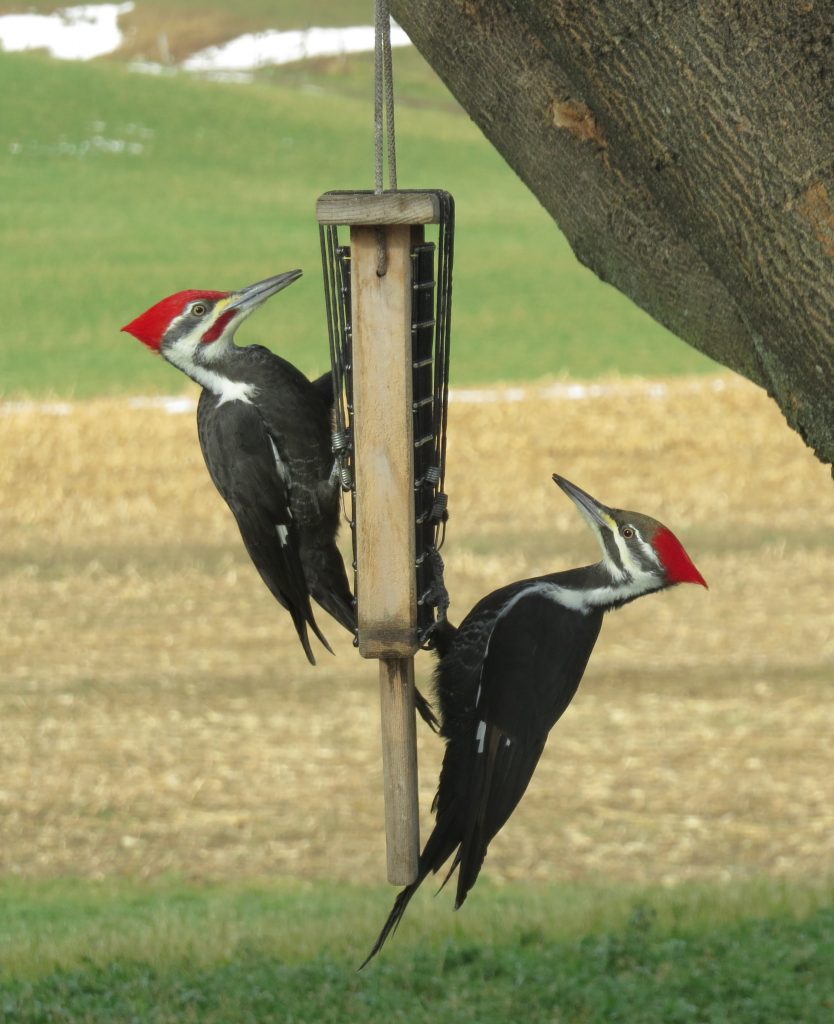

The Ivory-billed Woodpecker is worth mentioning even though they are thought to be extinct by many. These giant woodpeckers were bigger than the Pileated, were black and white, had a crest, and a huge white bill. Their feeding habitat was taken by the logging industry and there hasn’t been a sighting since 1938. Over the years there have been some undocumented sightings, but who knows for sure?
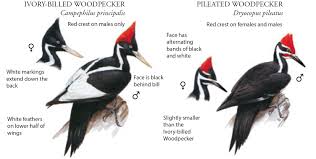
Well, as an avid birder and periodic dreamer, this is my judgment. It’s simply math. With the thousands and thousands and thousands of square miles of swampy and remote backwoods that range from the Carolinas through Florida and the southern states to Texas and up to Arkansas, the odds of some surviving pairs never being seen is just too great. So, birders, never say “never” and keep your and binocs cameras ready!

Until then, lets enjoy our large, loud and spectacular Lord of the Woods. The Pileated Woodpecker is definitely the grandest of them all!

